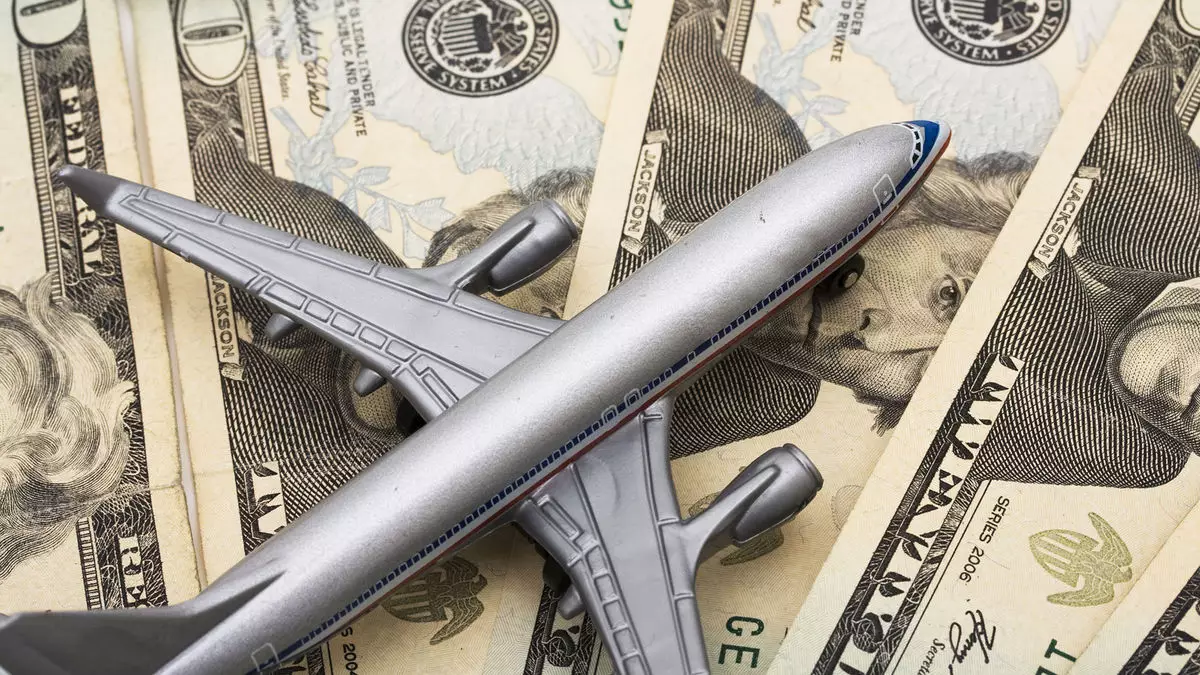The imposition of global tariffs by the Trump administration has sparked substantial concern for the U.S. airline industry, which is already grappling with economic volatility. Investment analysts, such as Tom Fitzgerald from TD Cowen, underline that these tariffs are not merely a matter of trade policy; they represent a looming crisis that could strangulate demand for air travel. The combination of economic uncertainty and fluctuating markets stifles business travel and raises red flags about consumer spending patterns, particularly among baby boomers, who are essential travelers in this sector. This demographic tends to prioritize stability and may cut down on discretionary spending during financially turbulent times.
Market Reaction and Airline Outlook
The Jets ETF fund, an indicator of U.S. airline stock performance, has seen a staggering 33% decline since its peak on inauguration day. This shocking plummet serves as a warning sign for the industry, which is already fraying at the edges. Recent reports suggest that major airlines are revising their earnings expectations downward, citing diminished consumer confidence and the unfortunate impacts of tragic events, like the recent plane crash that claimed numerous lives. With Delta leading the charge for Q1 earnings updates, it’s anticipated that other carriers will similarly downgrade their financial forecasts, which paints a grim picture for shareholders and industry stakeholders alike.
The Shadow of Recession
Fitzgerald’s observations point towards a troubling trend: the likelihood of recession looming ever closer. His analysis indicates a scenario of stagnated growth, escalating inflation rates, and a progressively isolationist stance from the U.S., all of which threaten to stifle air travel demand. The airline industry could face the bleak challenge of having to adapt to a landscape where fewer people choose to travel comfortably. This environment treacherously undermines not just the financial health of airlines but could also lead to a costly reduction in service options for travelers, forcing many into dire choices when planning trips.
The Silver Lining: Fare Competition
Amid these challenges, Fitzgerald mentions a potential upside for travelers: the possibility of lower airfares. The expected oversupply of domestic seats in the coming years may trigger competitive pricing strategies among airlines desperate to maintain market share. As airlines scramble to adjust their capacity and offerings, consumers could find themselves greeted with lower ticket prices, particularly if airlines do not successfully align their supply with the reduced demand. While this might offer short-term benefits to travelers, it raises questions about the long-term sustainability of pricing strategies and service quality in the airline industry.
Full-Service vs. Low-Cost Carriers
Interestingly, Fitzgerald believes that full-service carriers may navigate this downturn more effectively than their low-cost counterparts. Although some passengers may initially seek out cheaper travel options, many could end up opting for the services of traditional airlines, specifically their basic economy products. This reflects a fundamental consumer behavior pattern: in times of uncertainty, patrons often lean toward perceived reliability—even if it means a higher fare than the lowest available. Thus, airlines that can effectively market their value proposition and enhance customer experience might find a silver lining amid the chaos.
Ultimately, as the airline sector faces the complex challenges posed by tariffs, economic instability, and changing consumer behaviors, it remains to be seen how businesses will adapt and evolve in this precarious environment.


Leave a Reply